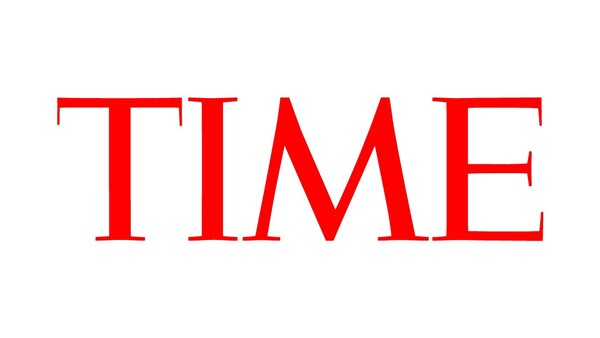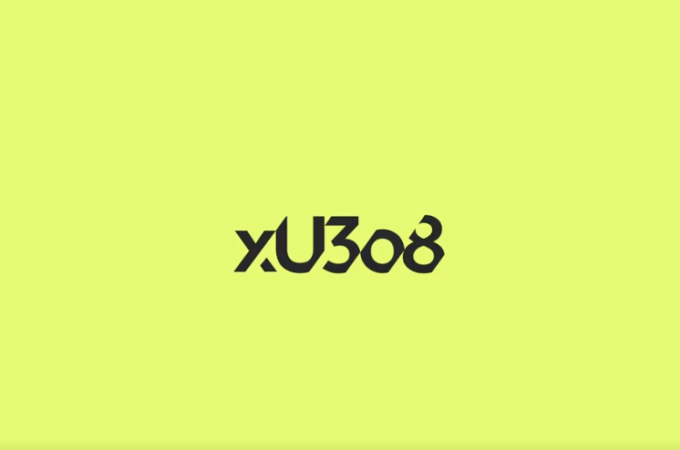
FOX and TIME Partner to Advance Content Verification with Blockchain Technology
Fox Corporation has announced a significant advancement in its Verify protocol, marking a milestone in the realm of content verification and licensing. The company has introduced TIME as its first external publishing partner, leveraging the Verify protocol to enhance the authenticity and trustworthiness of digital journalism. This collaboration underscores a shared commitment to combating misinformation and ensuring the integrity of media content in an era increasingly dominated by artificial intelligence (AI) and digital innovation.
Launched in January 2024 on the Polygon Proof-of-Stake (PoS) network, Verify is an open-source protocol designed to cryptographically sign media content, establishing its origin and history on the blockchain. This technology allows consumers to independently verify that content originates from the trusted publishers they expect, thus enhancing the credibility and traceability of information. To date, over 300,000 pieces of content from various FOX entities, including FOX Sports, FOX News, FOX Business, and FOX Television Stations, have been signed to the Verify content graph.
The integration with TIME, a global media brand with a vast audience of 120 million people, represents a significant step forward. TIME will utilize the Verify protocol to enhance its content licensing and verification strategy, reinforcing its commitment to providing trusted journalism. Mark Howard, Chief Operating Officer of TIME, emphasized the importance of this partnership, stating, “At TIME, we are committed to advancing our mission of providing trusted journalism for our global audience by embracing new innovations and pioneering emerging technologies—from blockchain to AI.”
As part of this initiative, FOX announced the transition of Verify from the Polygon PoS network to an independent zero-knowledge (ZK) blockchain on Ethereum using the Polygon Chain Development Kit (CDK). This transition, supported by Gelato, a decentralized smart contract automation platform, aims to create a dedicated ZK-powered blockchain specifically for content verification. This move is expected to enhance the security, efficiency, and scalability of the Verify protocol, making content verification faster, easier, and more affordable.
The Verify protocol also establishes a technical bridge between media companies and AI platforms. With the introduction of the Verified Access Point, Verify enables the creation of new commercial opportunities for content owners. By utilizing smart contracts, publishers can set programmatic conditions for access to their content, thereby maintaining greater control over their intellectual property and its usage by AI platforms. This feature is particularly pertinent as AI-generated text and images become more prevalent online.
Melody Hildebrandt, Chief Technology Officer at Fox Corporation, expressed enthusiasm about the collaboration with TIME and the future of the Verify protocol. “In TIME, we have found a partner that shares our AI-optimism as well as our commitment to protecting brand equity and authenticity while delivering our content in new and meaningful ways. FOX and TIME are brands that consumers trust, and we look forward to working together to continue to evolve Verify in a way that empowers consumers and content producers and allows this ecosystem to flourish.”
The transition to a dedicated ZK blockchain is crucial for the widespread adoption and scalability of Verify. This dedicated chain will increase the capacity for content registration on-chain, ensuring that Verify does not have to compete for resources on the broader Polygon PoS network. This upgrade will focus computational power specifically on content attestation and provenance, facilitating a more robust and efficient verification process.
Looking ahead, the Verify protocol is poised to connect to the AggLayer, joining a horizontally scalable network of interoperable chains for seamless cross-chain message passing. This will further enhance the protocol’s capabilities and integration with other blockchain ecosystems.





